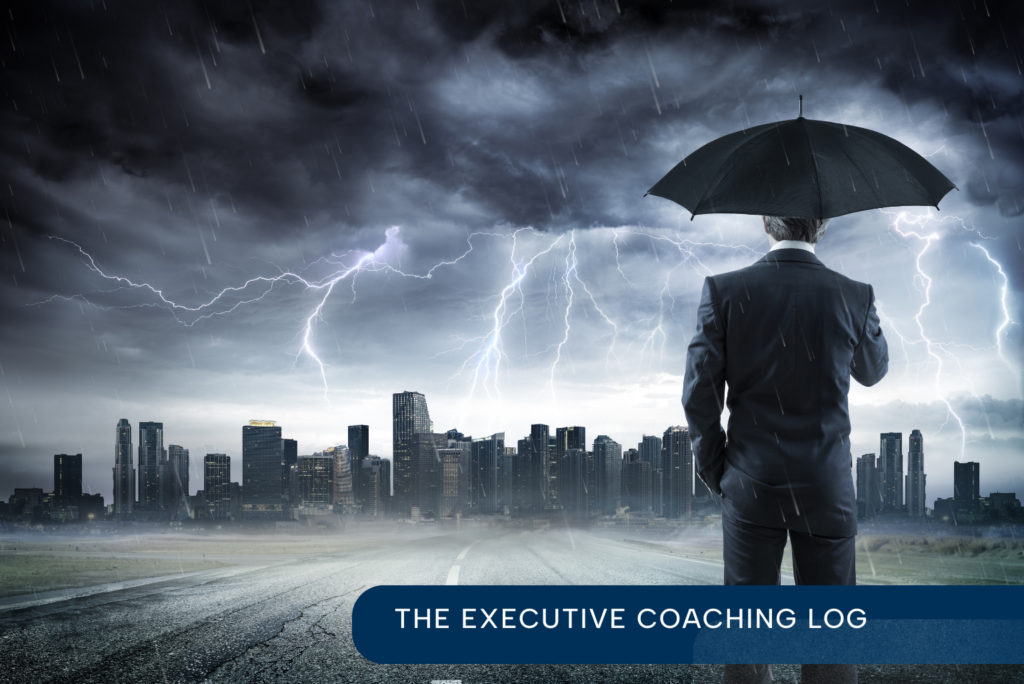Blog
The Challenge of Leading Ourselves Through the Storm
por Alfredo Carrasquillo

Amid the chaos sparked by a tariff war initiated by President Trump, drastic federal spending cuts in the United States, and measures that profoundly disrupt relationships with allied nations, we wake up each day uncertain about what new complication might arise — and what its consequences will be.
When we look at the performance of our investments, the impact of these disruptions on stock values, shifts in economic behavior, and changes in consumer patterns, it’s only natural to feel uneasy. For those in leadership roles, that unease can easily and understandably turn into distress.
The challenge is that, as leaders, we are responsible for managing that discomfort with prudence and discretion — for carrying, as the saying goes, the procession inside. In turbulent times, a leader resembles a flight attendant during heavy turbulence: their calm — or lack thereof — deeply influences the emotional state of those they’re entrusted to care for.
That is why, in any scenario — and especially in times of deep uncertainty and volatility like the one we are navigating — self-leadership becomes one of the greatest challenges for any executive. The emotions we choose to face challenges with, and how much of those emotions we allow our teams to see, directly affect our collective ability to weather the storm.
For some, choosing how to feel might seem impossible — and it is, if we react from our reptilian brain, which activates automatic, defensive responses. But if we choose that small yet powerful space of freedom that allows us to shift our lens, question our assumptions, and reflect on the emotions we bring into play, we open a meaningful window into personal leadership. From there, we can make decisions that strengthen the emotional health and resilience of our teams.
On the other hand, if we respond impulsively and let our emotions take over, we risk pulling the organization into an atmosphere of fear and anxiety. This harms well-being, erodes the organizational climate, and leads to high emotional and operational costs that undermine our effectiveness in critical moments.
Self-reflection and self-regulation are, therefore, powerful allies in leadership. The goal isn’t to suppress our emotions, but to channel them in a conscious, strategic, and healthy way. This practice strengthens our executive presence, builds trust and legitimacy, and allows us to inspire and influence others positively — even in the fiercest of storms.
In such a complex landscape, it’s worth asking ourselves: What kind of leader do I want to be? What emotions do I choose to bring in service of the mission and the team I lead? And what’s keeping me from choosing them?